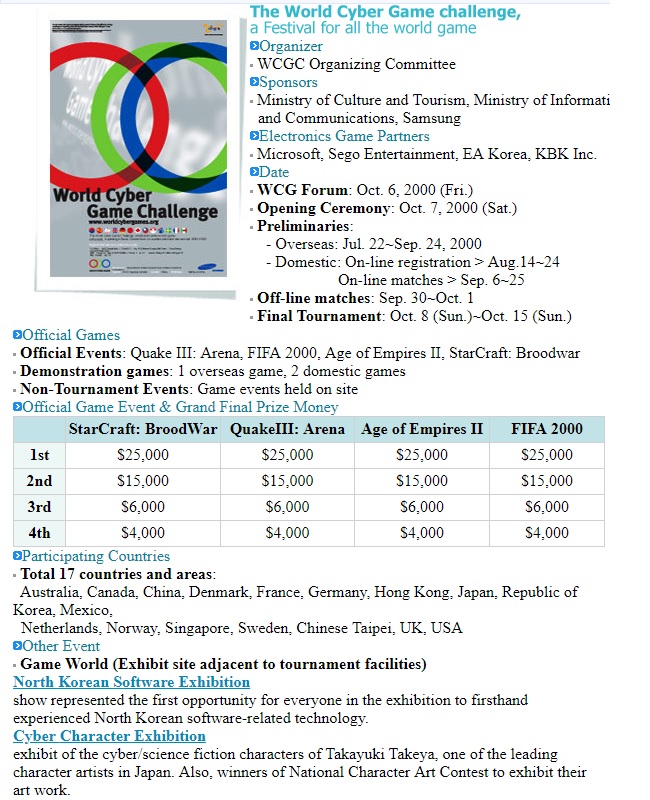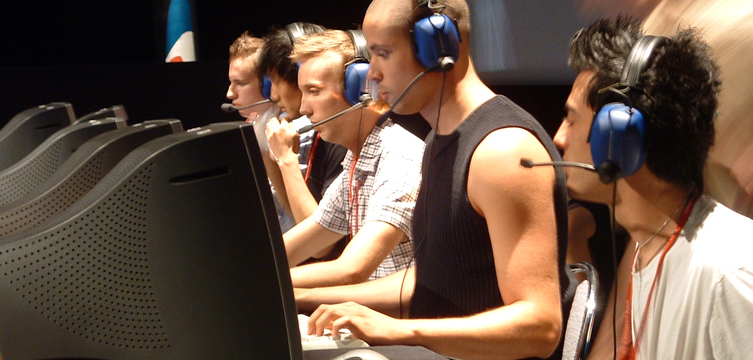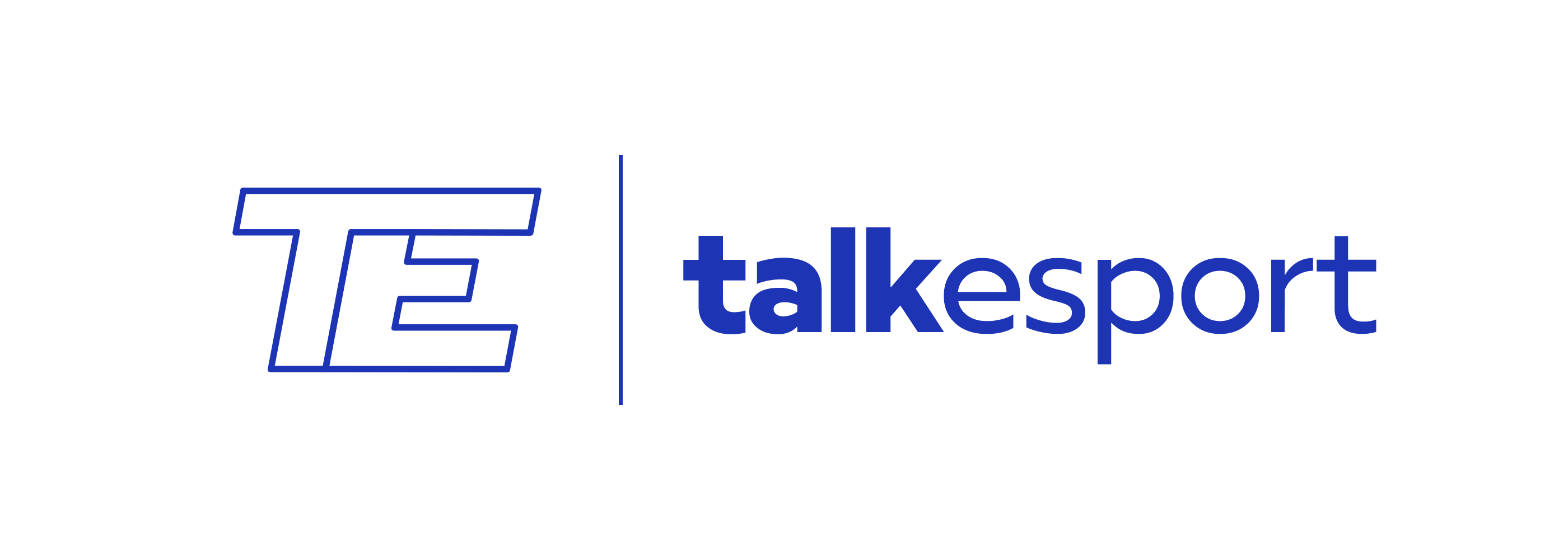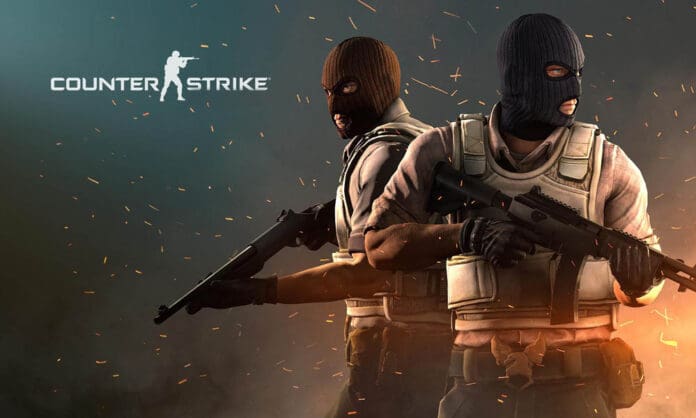It took a decade for the casual shooting FPS Counter Strike franchise to get a recognition into mainstream esports. Though, competitive gaming emerged in the early 2002, LAN events didn’t follow a rhythm until late 2006.
WCG, abbreviated for World Cyber Games was the first major name which came into picture. The idea of competitive gaming, LAN events, BYOCs, cash prizes & a techno-cultural environment was then migrated to reality.
Established in 2000, WCG, held its first tournament with the support of Samsung. The event was backed by the Korean Government, Ministry of Culture & Tourism, Ministry of Electronics & Communications. The participants, comprised of 17 nationalities, fought for $20,000. The games too were from the FIFA & Starcraft franchise.

Further, hundreds of events emerged in the period 2000 – 2002. Gaming still was a taboo back then, the West had already calculated what was coming their way to change the traditional gaming. ESWC, Electronic Sports World Championship announced their first event in 2003, in Brazil. The event featured a mesmerizing prize-pool of $100,000. Not for you to miss the deal, miBr won the event.

Often labeled as Olympics of Cyber Games, WCG had set a motion for the decade to follow. Companies like ESWC, GameGun started to conduct annual events. DreamHack was still new in 2005, though hosting the event for both the genders separately, competitive gaming was now the talk of the town.
ESWC 2005 was memorable, teams like SK Gaming, mousesports & compLexity Gaming were among the top teams competing. NiP & Team 3D too were part of the group stages alongside Virtus.pro.
Esports dribble towards the east
Stretching the reach through the European & South American events, organizers were sailing towards the Asian region. ESWC emerged as one of the largest event companies in the region by announcing ESWC 2006 China & South Korea. That marked the first year where ESWC had four massive events in different parts of the world.
- ESWC Brazil
- ESWC Germany
- ESWC South Korea
- ESWC China
Just a couple of years ago Sam Mathews had founded Fnatic, and their players were the best in business. Hardly will there be a Swedish Counter Strike veteran who has not rendered their services to fnatic in the CS 1.6 era.
Intel, who had been successfully gaining momentum through promoting esports tournament took a major step in establishing IEM, abbreviated for Intel Extreme Masters. The world championships which significantly contributed to the growth of the scene since 2007.
WCG kept on laying the foundations of the competitive gaming scenario with their flagship annual events. From the year 2001 to 2013, WCG did consistent event all around the globe. The largest of which was in 2009, having a prize share of $500,000, spread across 12 games of multi-genres.
WCG 2009
The most memorable in near a decade was WCG 2009. In which the CS 1.6 title was won by AGAiN, full of polish legends which we often saw with Virtus.pro. The lineup was led by kuben, with TaZ & neo on their side. Completing the lineup with Loord & LuQ.
The fascinating results of the first runnersup, the destructive-duo who are with NiP CS:GO currently, were fnatic of the CS 1.6 era. Patrik ‘f0rest’ Lindberg & Christopher ‘GeT_Right’ Alesund, alongside Gux, dsn & carn. The legendary era of Counter Strike, fans of which still cherish the memories. The third on that front being mTw, lead by zonic, ave, trace, minet & Sunde. If you’re a Counter Stike fan for over two decades like one of us, you’ll know the significance of these players from the golden era.
Last WCG event which featured competitive Counter Strike
WCG 2011 was the last event of many which offered competitive Counter Strike competition. Among the rumors of a new franchise hitting the market, Counter Strike pro scene at that time was too volatile. With SK-Gaming picking up star players from fnatic & AGAiN getting a fresh look with ESC Gaming, the scene looked promising at first. Though, with the news of the arrival of a new CS game was still troubling a few.
The anticipation whether or not Valve was working on a CS 1.6 reform or perhaps, a CS 1.7? Or could it be CS 2.0? was hitting the roofs. Amidst, WCG hosted its last ever Counter Strike 1.6 event in South Korea.
The event standings were similar to the previous few franchise with a team making a name for themselves rising from CIS region, Moscow5.
- ESC Gaming (Virtus.pro)
- SK Gaming (Gtr, f0rest, RobbaN, face, Delpan)
- Moscow5 (Dosia, xek, ROMJkE, Fox, Edik)
DreamHack & ESL – Cumulative Pinnacle of Modern Times Group (MTG)
ESL began it’s journey a year past Counter-Strike’s release as the twenty-first century began. It was merely a magazine and an online gaming platform throughout its infancy. However, as the phase passed by, the Electronic Sports League went onto becoming the largest esports company globally. Today, ESL has shaped the competitive side of Counter-Strike: Global Offensive and it has set a benchmark for others to follow. Multiple events throughout the calendar — Pro League, Intel Extreme Master, ESL One, Regional Premiership are various portfolios of the event organizer’s blueprint.
Before the release of CS:GO, ESL extensively organized Counter-Strike 1.6 tournaments with custom player models. IEM Dubai 2008, IEM Hanover 2009, IEM Cologne 2010 and IEM CeBIT 2010 were several popular events organised by ESL during the popular phase of Counter-Strike.. Eventually, CS 1.6 slided into Classic Games on ESL Play in 2016 as the activity surrounding the classic game substantially decreased.
On the other hand, DreamHack recognises self as ‘world’s largest digital festival’. DreamHack has hosted BYOC festivals in Europe and America. Although, Asia also witnessed it’s first DreamHack festival in Mumbai. Guiness Book of Records recognizes DreamHack as the world’s largest LAN party and computer festival with fastest internet connection as well. Counter-Strike 1.6 was a crucial title in BYOC events held by DreamHack. Although, similarly, it’s presence vanished as Counter-Strike: Global Offensive gained popularity. Quite surprisingly, DreamHack Mumbai 2018 had Counter-Strike in the BYOC events.
First Look of Counter Strike: Global Offensive
The launch of Counter Strike: Global Offensive was rather mild. Although, with the professional Swedish & other European teams switching to the game, Counter Strike 1.6 was still not being dejected by the masses.
When most of the pro teams migrated to CS:GO, the loyalists of CS 1.6 were fighting tough to retain the spot of their favorite game in the market. The domination, however, didn’t stretch for longer.
Counter Strike: Global Offensive was launched on August 21st, 2012. The game didn’t attract much during the launch. Close to one year post the launch, Valve decided to release custom weapon decorative, popularly known was skins, which completely changed the dynamics of the game.
And the rest is… history.


